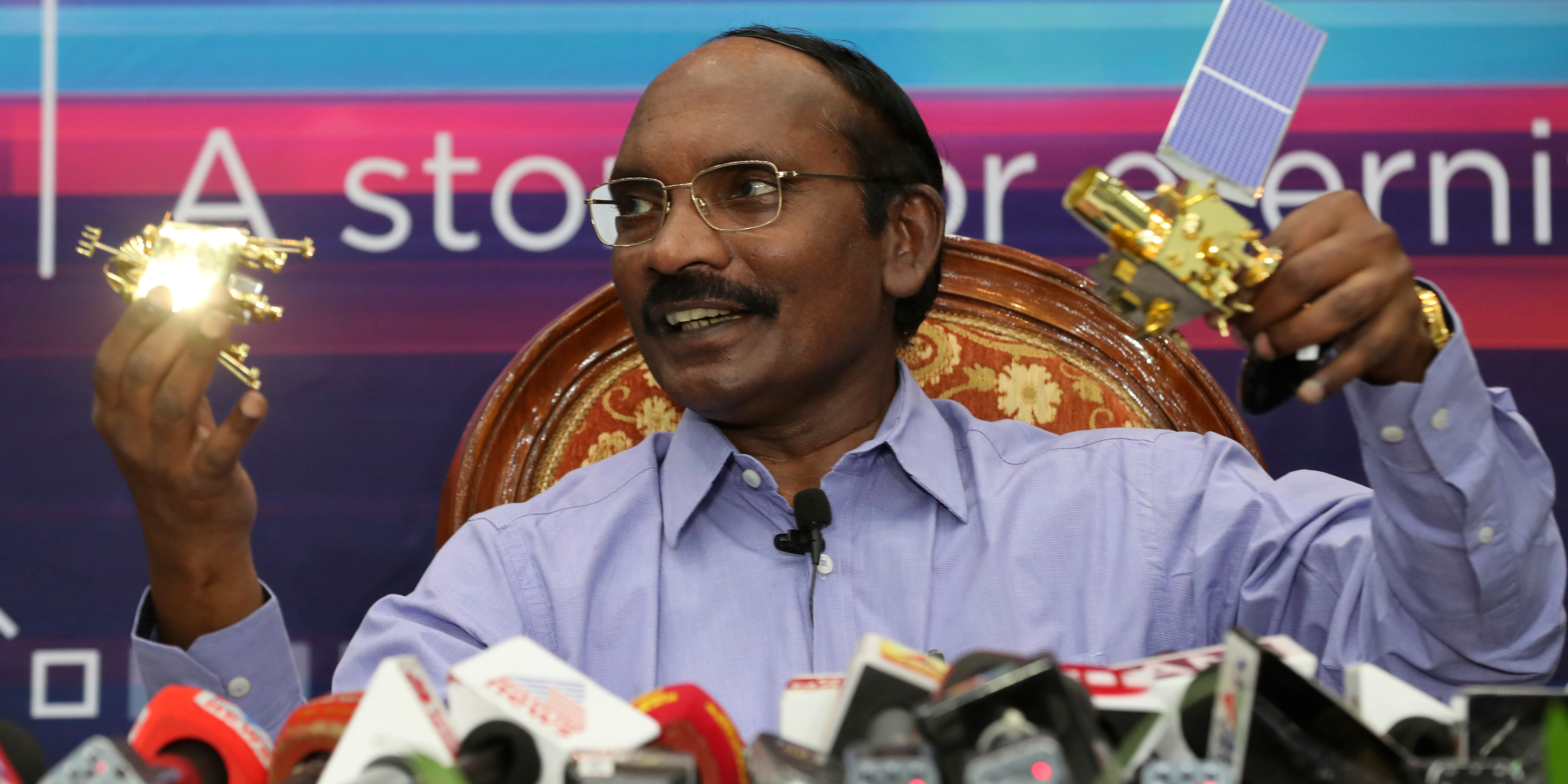- India’s Vikram moon lander, part of its Chandrayaan-2 mission, crashed into the lunar surface last week. It was the country’s first attempt at a soft landing on the moon.
- The landing of Israeli nonprofit SpaceIL’s Beresheet lander also failed in April.
- Descent and landing are difficult stages of a mission to the moon or any other planetary body – especially the final stages, which India’s space-program director referred to as “15 minutes of terror.”
- That’s because landers must successfully carry out a series of complex commands with little room for failure, while contending with the moon’s wonky gravity, uneven terrain, and pesky dust.
- Visit Business Insider’s homepage for more stories.
India’s attempt at a soft lunar landing appeared to end in a crash on September 6 (September 7 in India), making it the second failed moon landing this year.
The mission’s main spacecraft, Chandrayaan-2, has since spotted the Vikram lander’s hapless hardware from its vantage point orbiting the moon. The lander arrived at the moon’s south pole, seemingly in one piece, but India’s space agency said it has been unable to restore communications.
The crash came just five months after an Israeli nonprofit’s lander, called Beresheet, crashed into the moon’s surface. In both cases, the fatal errors occurred the final stages of descent.
Robert Braun, dean of the College of Engineering and Applied Science at the University of Colorado, has worked on landing and descent teams for multiple NASA missions to Mars.
"Among all the things we do in space, landing is one of the more challenging aspects, because time gets greatly compressed," he told Business Insider. "There's very little margin to try something again if it didn't happen as planned."
Here's why the final stages of a moon landing are so challenging.
If India's Vikram lander, part of its $140 million mission to the moon, had touched down successfully, the country would have become the fourth to soft-land on the moon.
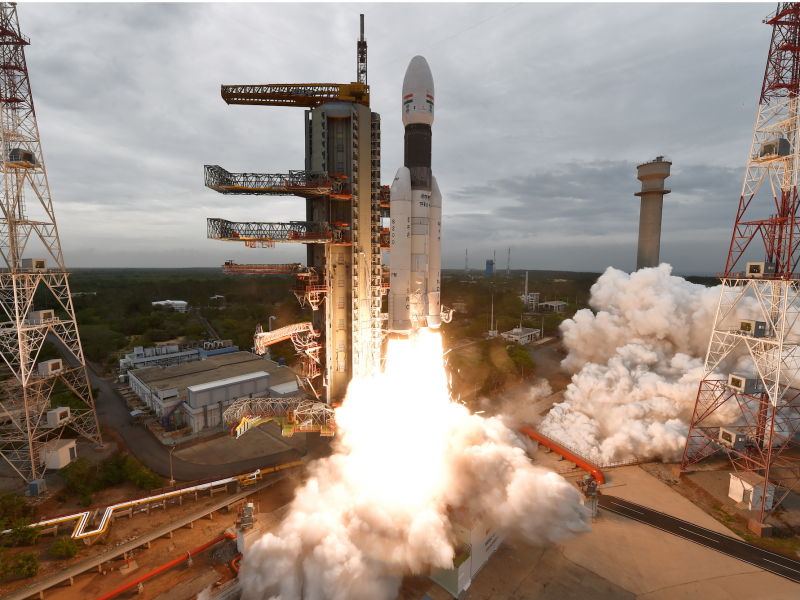
But the lander diverged from its intended path 1.3 miles above the lunar surface and lost communication with spacecraft operators shortly after.
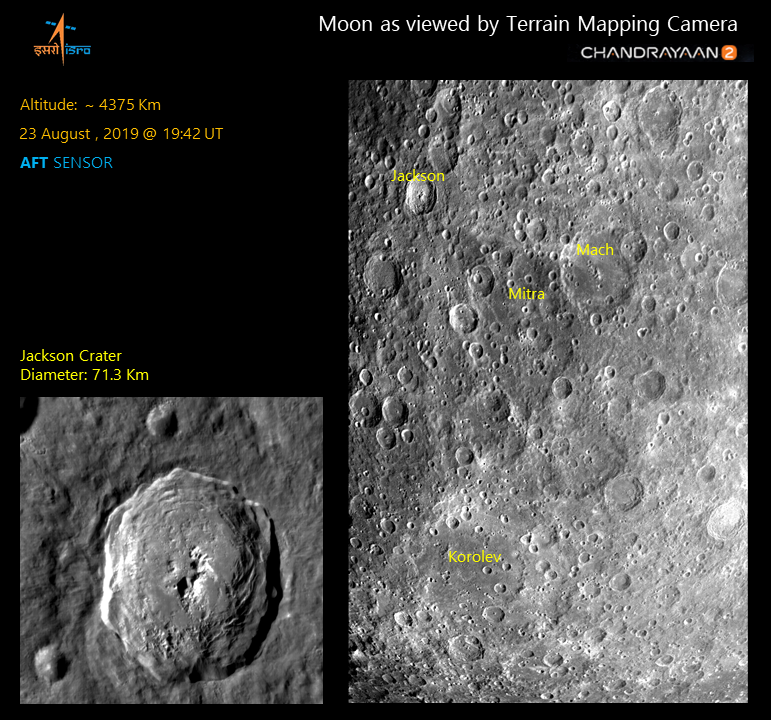
Operators later discovered that a command telling Vikram to shut off its engine was incorrectly sent, The New York Times reported.
The Beresheet lander, part of Israeli nonprofit SpaceIL's private moon mission, met a similar fate when it lost communications during its descent in April.
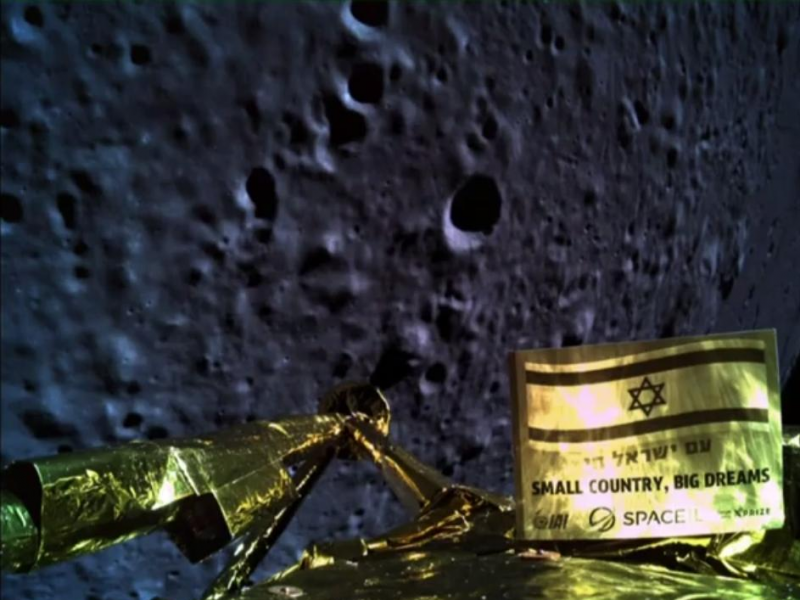
Beresheet hurtled toward the moon's surface at 310 mph.
SpaceIL said a manual command entered into the spacecraft's computer led to a technical glitch that caused the spacecraft's main engine to malfunction, rendering it unable to slow down.
In both cases, the failed landings came down to issues in the final stages of descent. Kailasavadivoo Sivan, India's space-program director, had previously referred to this phase as "15 minutes of terror."
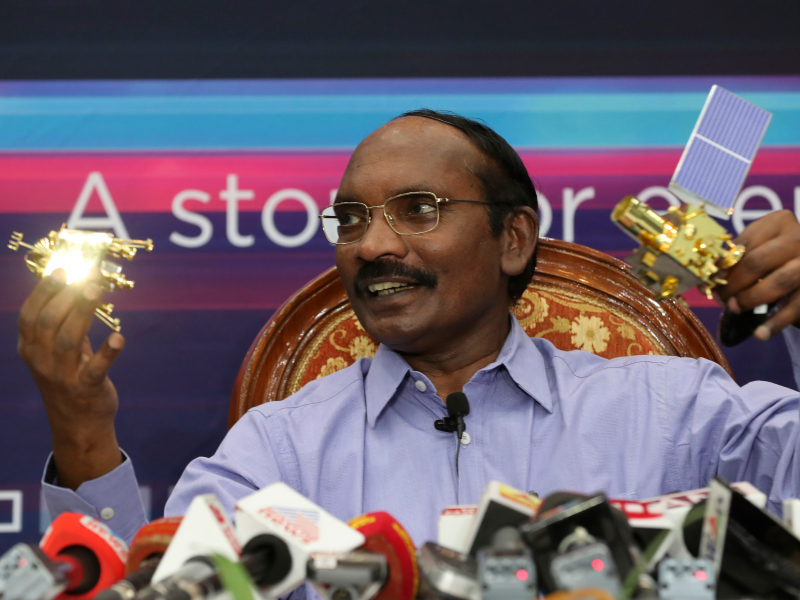
"Once you initiate a landing sequence, you're committed. It's kind of like jumping out of a plane," Braun said. "Your parachute has to work."
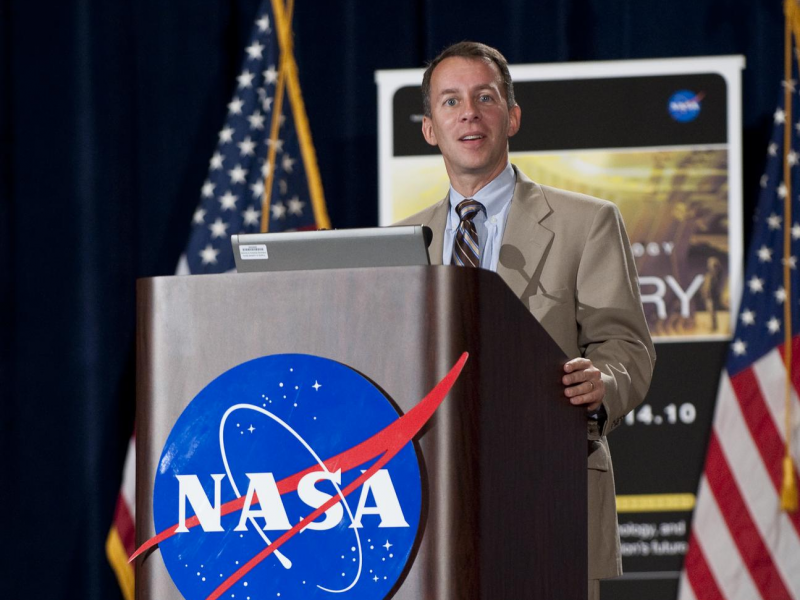
A lunar lander has to execute a series of complex commands - often hundreds of them - in the landing sequence, and each one is critical.
"All of the events in the sequence of a lander have to go successfully," Braun said.
At the most basic level, a lunar lander begins its descent by propelling itself out of the orbit of the moon and orienting itself in the right direction.
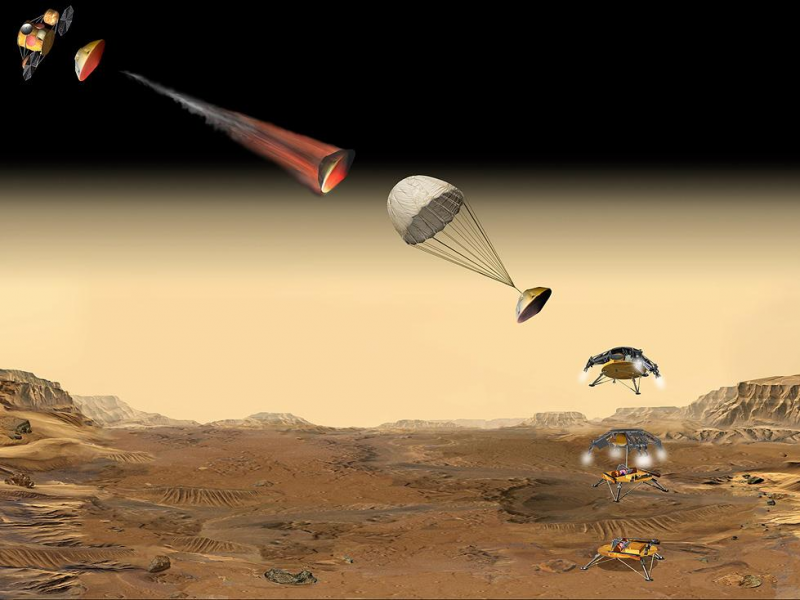
Often, a lander deploys the legs it will land on during this phase. From there, it continues re-configuring and re-orienting itself as it looks for the safest landing spot on the moon's cratered, rocky surface.
As it gets very close to the surface, the spacecraft must slow down. This may be the point at which India's communications loss doomed its lander.
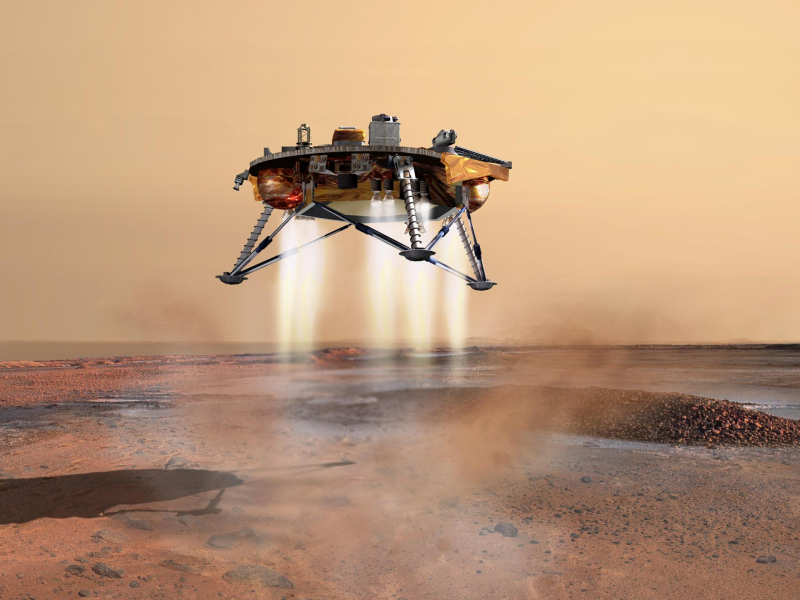
Vikram was supposed to touch down at a speed of less than 5 mph, but Doppler data from a radio telescope in the Netherlands indicated that it was moving at over 110 mph as it approached the lunar surface, according to The New York Times.
Ultimately, "it doesn't matter too much if the 24th event or the 42nd event is the source of the failure," Braun said. "There's probably a little bit more time to recover from a failure if it occurs early, but you may still not have the capability to actually recover."
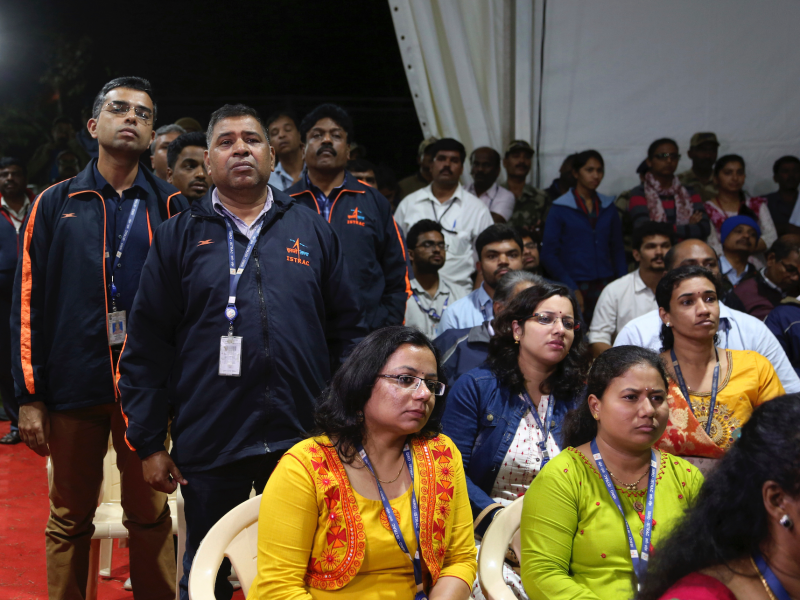
Braun has worked on Mars missions that landed successfully, as well as some that didn't.
"You basically work on something for four or five years, and then it takes four or five minutes in real time for that landing to occur, and it's very dramatic. You're gathering with all the people that you've been working with, who you've become typically pretty close to," he said. "You've done all you can for the spacecraft well before the landing. These systems are all autonomous."
Just as Sivan talked of "15 minutes of terror," Braun said his Mars mission colleagues often talked about the final six or seven minutes of terror.

"There's a nervous energy in the room. You believe you're going to be successful," he explained. "But there's always a little doubt. Did we forget something? Will the lunar surface be different than we were expecting? Those kinds of things."
As a spacecraft approaches the moon's surface, it suddenly has to contend with wonky gravity and a rocky terrain.
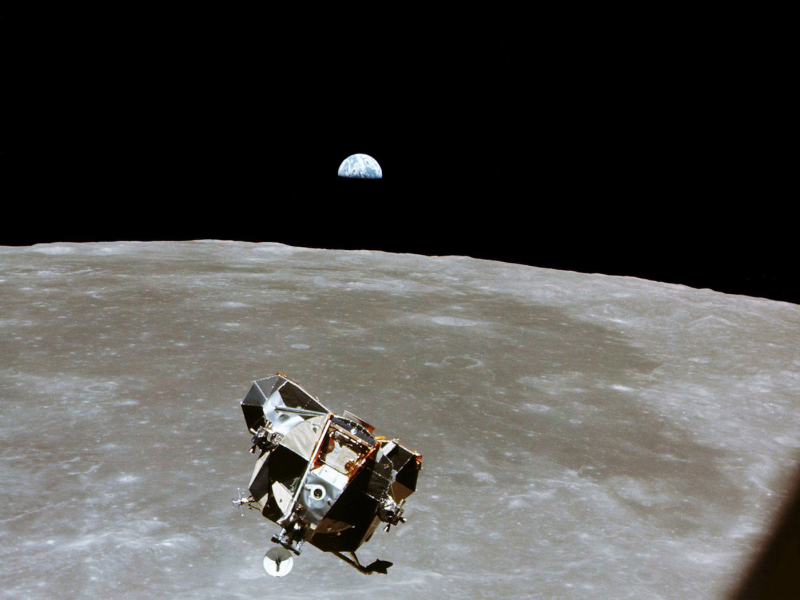
"Certainly the very end is the hardest part because as you get closer and closer to the surface, time is getting more and more compressed," Braun said. "Once you get very close to the surface you actually start to interact with it."
Landing teams watch readings that come back from a lander's instruments, checking that each step in the sequence is going as planned.
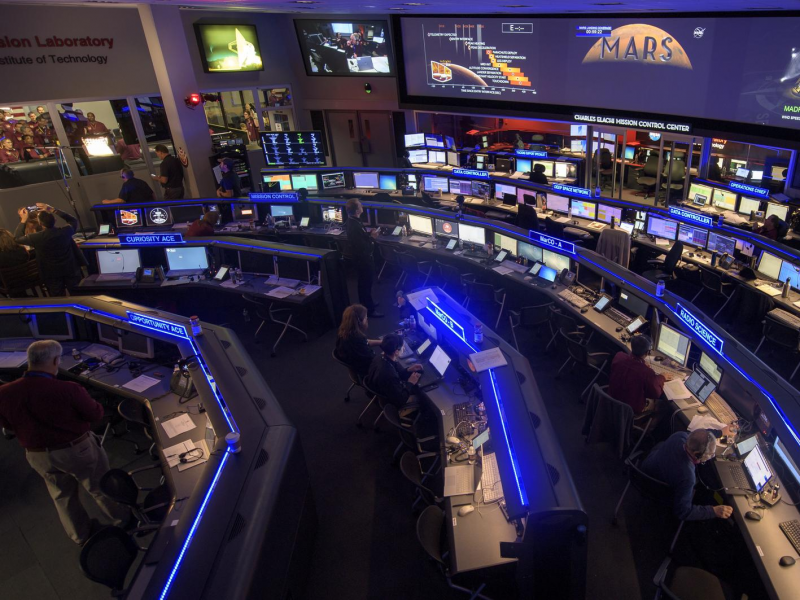
"You're just going down the checklist of those hundred or so critical events that all have to happen in precise choreographed fashion," Braun said. "You're excited, and the more of those that go well the more excited you get, but you're always waiting for that last event."
"When it goes well, I presume it's like winning the Super Bowl," Braun added. "And when it goes poorly, it just is bleak."
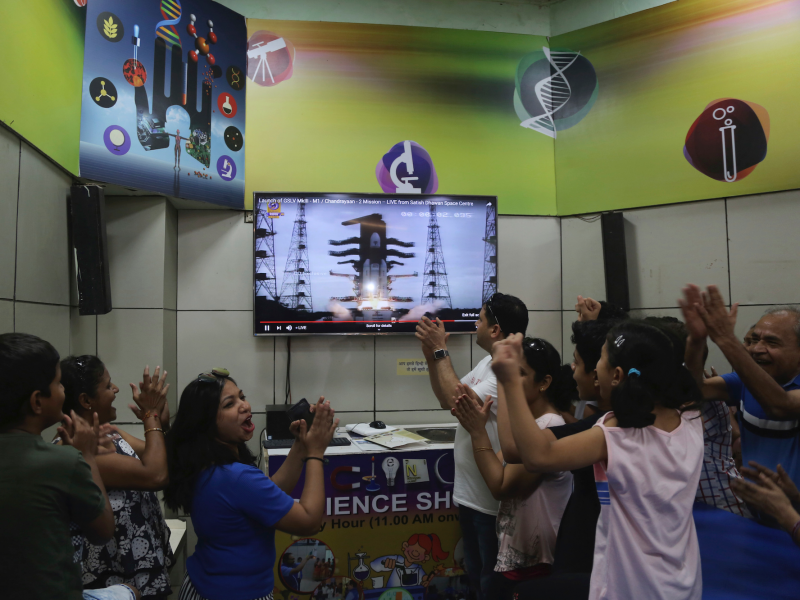
When Indian spacecraft operators lost contact with the Vikram lander, the room fell silent for several minutes. As Sivan talked with his team, someone patted him on the back.
Even moon dust, or regolith, can cloud a spacecraft's instruments and tip the scales towards failure.
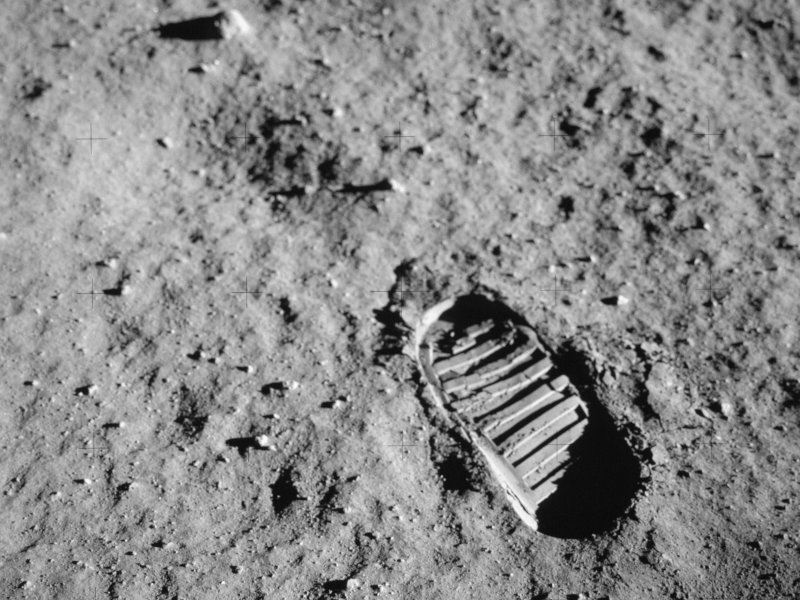
"Some of the new engine types and the thrust levels that we will have - we really don't understand how it will stir up the different kinds of regolith in different locations on the moon," Alicia Dwyer Cianciolo, an aerospace engineer working on NASA's robotic moon missions, told The Atlantic.
A scientist who designed the regolith-measuring device that accompanied the Apollo 11 astronauts told Wired that he suspects dust interfered with a seismometer and blocked solar cells on his device in 1969, too.
The moon's uneven gravity can make the descent even more complicated.

"Underneath some of the very large basins, there are these concentrations of mass," Noah Petro, a scientist with NASA's Lunar Reconnaissance Orbiter, told Space.com. "And so that lumpiness … means that something in orbit, particularly at low orbit like the Apollo command module or lunar module, is perturbed [or] nudged by those changes in the gravity field."
Neil Armstrong encountered the terrain problem firsthand. The Apollo 11 lunar module overshot its intended landing point on a smooth part of the moon's surface by 4 miles, and the new target was covered in large boulders.

Seeing the rocky landscape, Armstrong took manual control and flew the Eagle past the crater. India's Vikram lander, however, had no on-board pilot to take over when things went south.
The moon is littered with the remains of other crashes, including two unmanned US Surveyor probe missions from the 1960s, one of which lost contact with mission control just 2.5 minutes before its scheduled touchdown.

India's Vikram lander is the first such crash on the moon's south pole.
Despite the apparent failure of India's moon landing, Braun said, it's important to remember that the country has now successfully launched two orbiters around the moon.
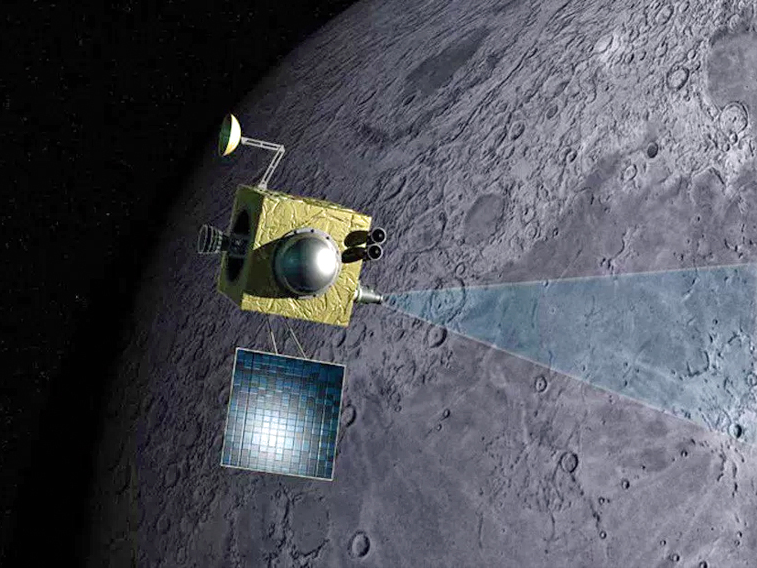
"Most of the science that they're interested in is coming from the orbiter. That spacecraft is functioning well," Braun said. "This isn't the only time that India's going to try to land on the moon, and they got pretty close."
Next, India could team up with Japan to send a rover to the moon's south pole as early as 2023.
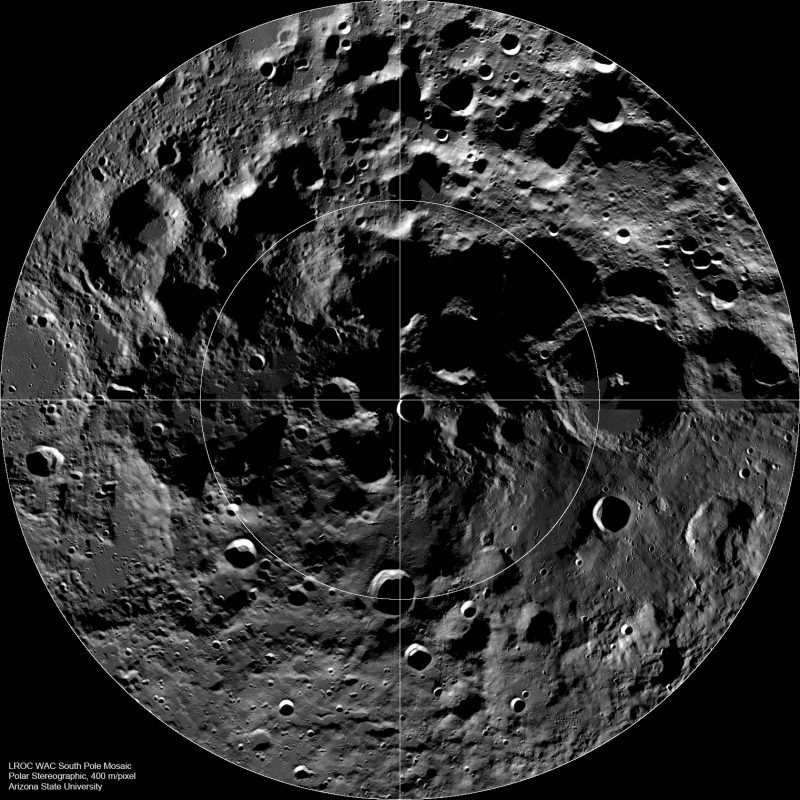
The countries are hoping their planned unmanned rover would find water on the moon, The Japan News reported.

